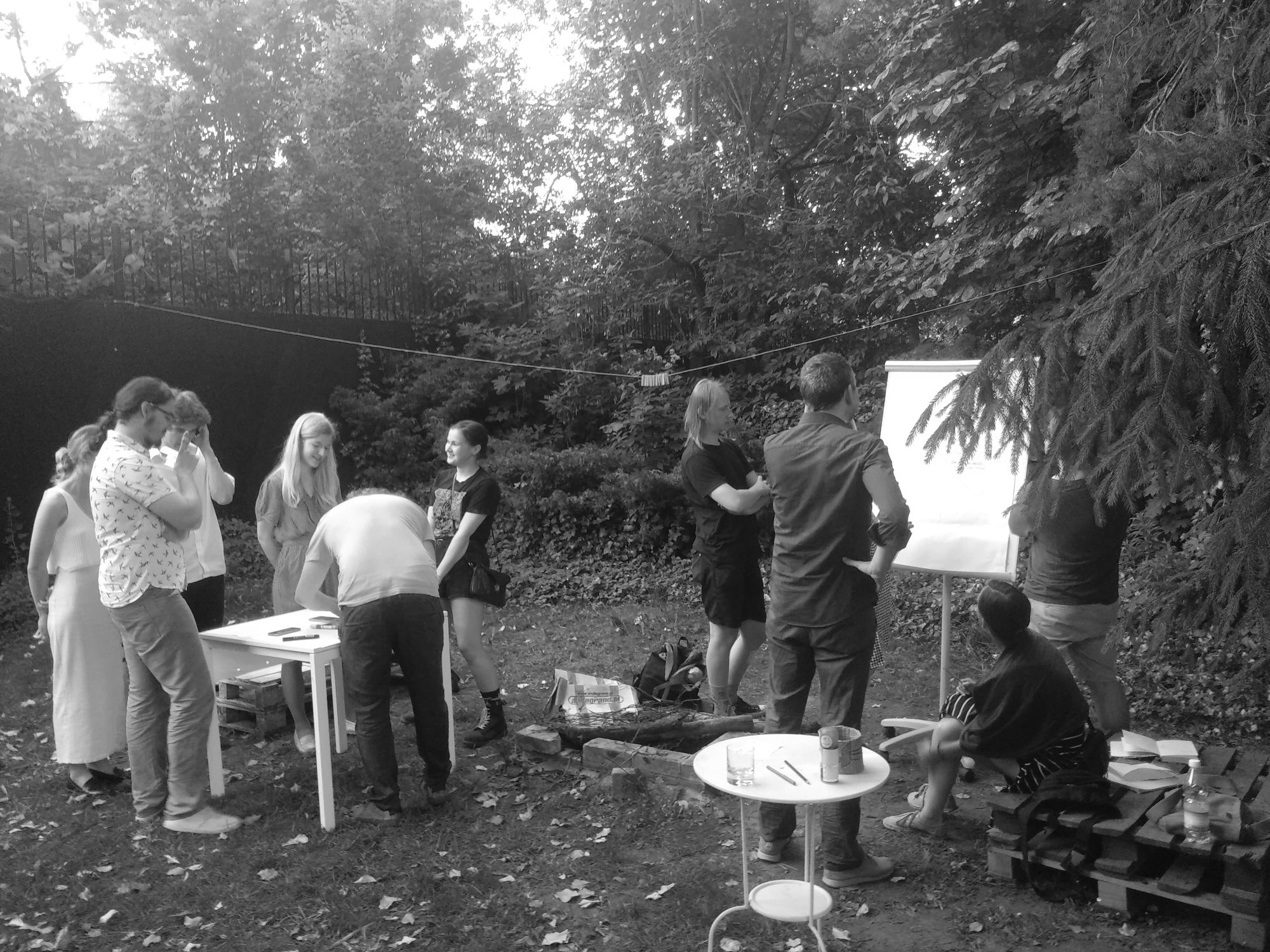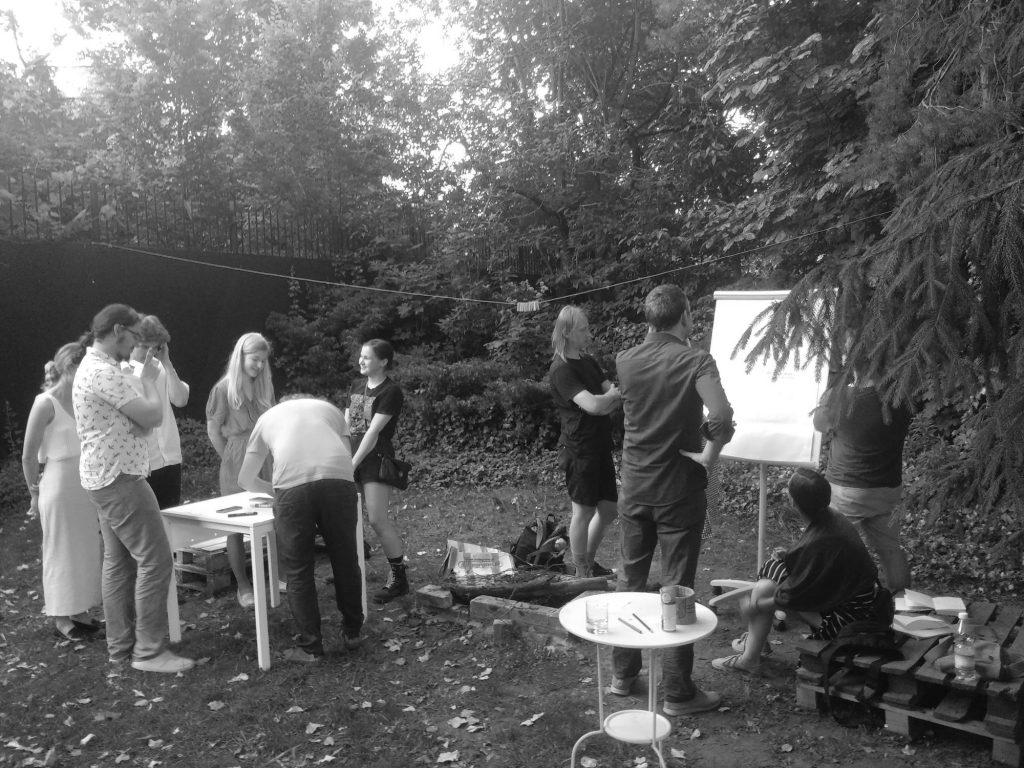Glissando #39: call for papers
The Glissando contemporary music magazine invites you to contribute to the upcoming issue about sound and participation. We invite you to submit abstracts (up to 2,000 characters) and, after acceptance, articles (up to 30,000 characters) as well as short accounts of participatory experiences (up to 3,000 characters, without abstracts) for the experience-oriented block of the issue.
Issue theme: participation
Abstract submission deadline: 6/07/2020
Article submission deadline: 15/09/2020
Submission address: magazyn.glissando@gmail.com
Lead editor: Krzysztof Stefański
We often use phrases like “to give a voice” or “to listen closely” when we talk about participation. The language of participation is musical, and music is participatory – whether we think of traditional music, which is passed down from one participant of a given culture to another, or artistic sheet music, which is a constant mediation between the creator and the performer. Active participation has become an increasingly important part of social life as evidenced by the dazzling career of participatory (civic) budgeting in recent years. Recipient-oriented projects have become an increasingly common artistic practice, including the field of music. “Participation is trendy! – write Przemysław Sadura and Joanna Erbel in the introduction to Krytyka Polityczna’s guide to participation. When digital technology opens up new forms of participation and the ongoing pandemic makes us long for active participation in musical life, it just seems natural to reflect on participation in music. This is the theme of Glissando #39 and we would like to make you a part of this issue. So, without further ado: let’s submit abstracts and articles! Take part! Participate!
Not so fast. “Participation is the buzzword du jour. It is used as if it could, for example, raise the profile of an art project in an application or increase our chances of getting a grant,” writes Karol Sienkiewicz in his introduction to the Polish edition of Claire Bishop’s Artificial Hell, a fundamental work on participation within the visual arts. What are the ethical and aesthetic criteria of participation in art? Is the process as important as the result? When does art create a safe space for self-expression, and when does it cause discomfort of being called out? When does it allow for self-expression, and when does it turn participants into a passive choir of extras? When do we have an actual impact on the form of the work, and when are we just following instructions? When does participation let us grow, and when do we just become unpaid performers? When does encouraging participation absolve us from responsibility and intellectual effort (e.g. when one plays the role of the lead editor)? We will search for answers to these and other questions in a section dealing with different theories of participation and strategies of activation and empowerment in musical life.
Since participation goes hand in hand with action, another section of the issue will be devoted to participatory practices in music. We are especially interested in voices that may not always be fully heard in the magazine. Music made for and by D/deaf people? Sure! Activities with culturally excluded young people? Of course! Social music practices in non-European cultures? Absolutely! A community of old synth lovers? Don’t mind if I do!
DIY enthusiasts, record collectors, online groups, community radio stations, record labels, magazines… All voices are welcome. If the question is “how about projects at mainstream new music festivals”, the answer is “Go for it!”.
Of course, we would not be able fit all the phenomena related to musical participation in one issue. These activities are often one-off and remain elusive for someone who did not participate in them. That is why the third section of the issue will present short accounts of participatory experiences, with particular emphasis on various types of workshops, which are the basic and most emblematic genre of participatory art. Not only participants, but also trainers and organizers of the events are invited to share their stories, exploring what challenges they faced, what the reactions of participants were, and what they learned. Each story will be equally important – the more subjective, the better. Together they will form an informal map of participatory activities. This section will also provide room for reportage. This way, non-participants will be able to gain an insight into the course of workshops as well as into experiences and emotions of their participants. The last element of the issue will be the Occupy “Glissando” action. We would like to open our doors and welcome new topics, threads, and discussions related to the magazine. It is hard to predict what will come out of this. But does anything have to?



